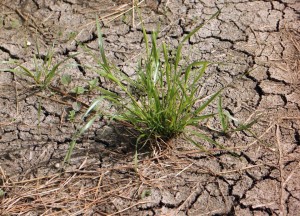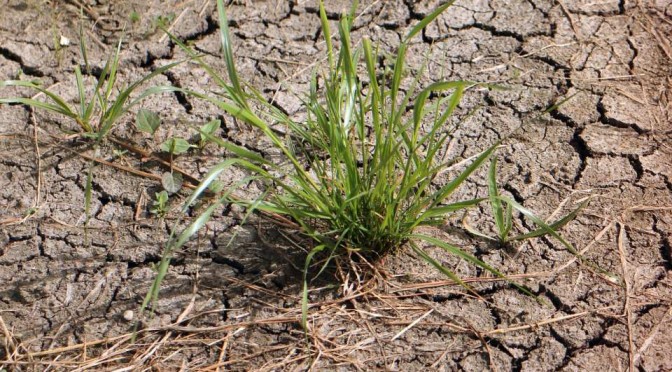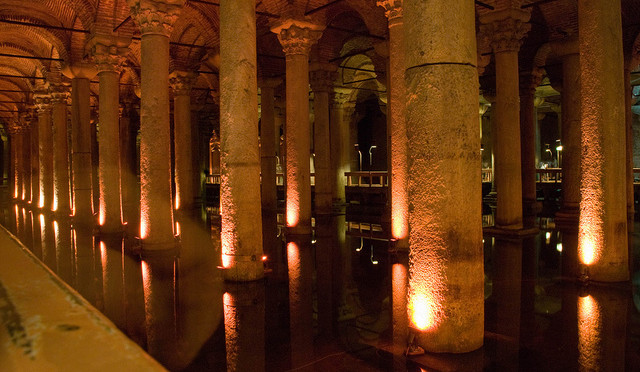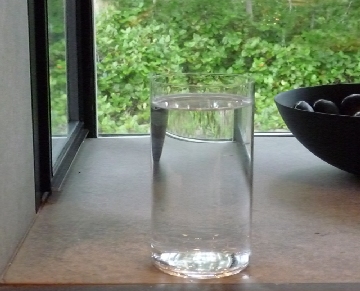 The California Water Alliance (CalWA) recently requested that the California Water Commission endorse Governor Brown’s commitment to the public to use dedicated water bond funds to build water storage facilities, considered to be a large reason why voters approved California’s water bond ballot measure last November.
The California Water Alliance (CalWA) recently requested that the California Water Commission endorse Governor Brown’s commitment to the public to use dedicated water bond funds to build water storage facilities, considered to be a large reason why voters approved California’s water bond ballot measure last November.
Excerpted from the press release, according to California water alliance member Bittencourt, “We are in the fourth year of a crippling drought; each rainfall that passes through is a lost opportunity. Creating more reservoirs will protect the state from future disaster and should remain a top priority for the Governor, the legislature, and the Commission as it already is a top priority for Californians.”
The report goes on to say that 67% of voters passed Proposition 1 to fund water quality, supply, treatment and water storage projects.
Recent reports indicate that 80 % of California is experiencing “extreme drought”, creating third world living conditions for some residents in central California.
The California Water Alliance is calling on Governor Brown and the California Water Commission to enforce the promise of water storage be part of that program. Click here to read the entire release.



 Utilizing the rain that falls on the roof of a building is a simple concept that has provided water to buildings for centuries, and continues as the primary source in many locations in the United States and around the world.
Utilizing the rain that falls on the roof of a building is a simple concept that has provided water to buildings for centuries, and continues as the primary source in many locations in the United States and around the world. 